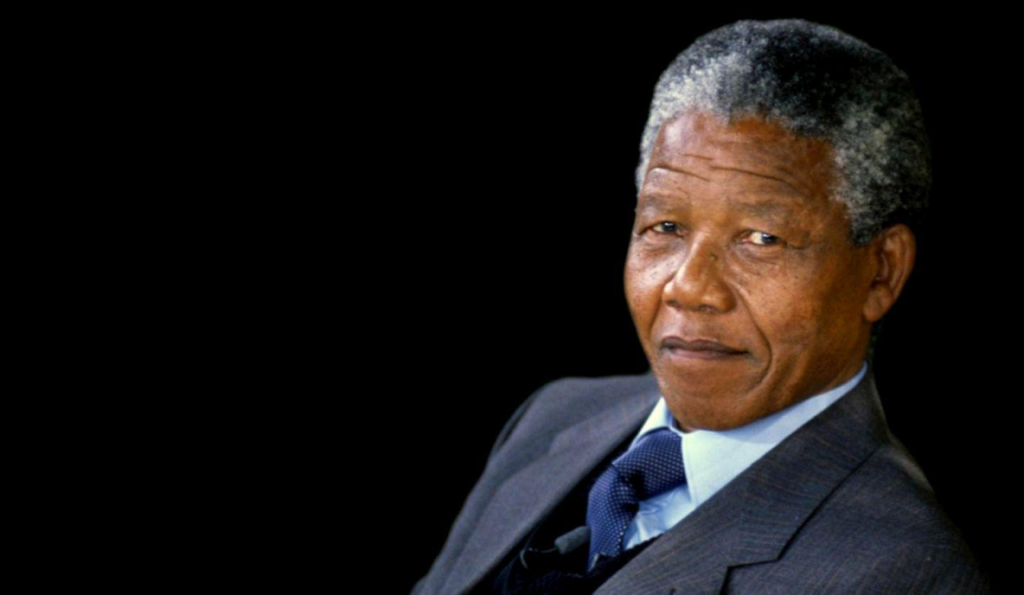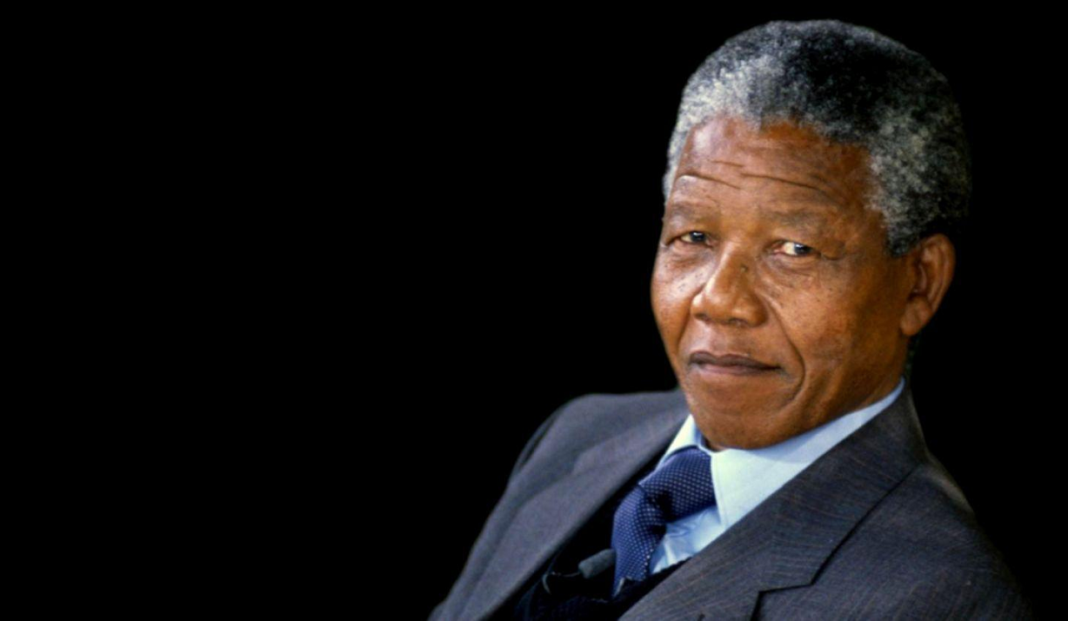Nelson Mandela was a South African activist and politician who spent almost three decades in prison for his fight against the apartheid system. He served as the first democratically-elected president of South Africa from 1994 to 1999, and he earned the Nobel Peace Prize in 1993 for his efforts towards democracy and freedom in South Africa. His story is an inspiring one, and one that resonates with people all over the world. In this blog post, we’ll explore who Nelson Mandela was and why he was so influential in the fight against racial discrimination.

Who is Nelson Mandela?
Nelson Mandela was an anti-apartheid revolutionary and politician who served as President of South Africa from 1994 to 1999. He was the country’s first black head of state and the first elected in a fully representative democratic election. His government focused on dismantling the legacy of apartheid by tackling institutionalized racism and fostering racial reconciliation. As President, he also created the Truth and Reconciliation Commission to investigate past human rights abuses.
What did he do?
Nelson Mandela was an anti-apartheid revolutionary who became South Africa’s first black president. He spent 27 years in prison for his political activities, and was released in 1990. After his release, he led the ANC in negotiations with the South African government to end apartheid. He also won the Nobel Peace Prize in 1993.
His early life
Nelson Mandela was born on July 18, 1918, in the village of Mvezo in South Africa’s Eastern Cape Province. One of thirteen children born to a Tembu chief, he grew up hearing stories of his people’s proud history. Influenced by these tales and by what he saw around him, Nelson Mandela became convinced that he could make a difference in his country.
He attended local primary schools before going on to Healdtown, a Wesleyan secondary school of some repute. There he excelled at boxing and running, but after two years he was expelled for taking part in a student protest. Nelson Mandela then enrolled at the University College of Fort Hare, where he studied English, anthropology, politics, and law. He became involved in student politics and was elected president of the university’s National Union of South African Students.
His prison years
Nelson Mandela spent 27 years in prison, 18 of which were on Robben Island. He was arrested in 1962 and sentenced to life in prison for his role in the anti-apartheid movement. He was released in 1990.
During his time in prison, Mandela became a symbol of the anti-apartheid movement. His imprisonment made him a martyr in the eyes of many and helped to keep the flame of the resistance alive.
Mandela’s jailers tried to break him mentally and physically, but they failed. He remained defiant and continued to fight for what he believed in.
The world finally saw Mandela as a symbol of hope and freedom when he was released from prison in 1990. He went on to lead South Africa out of apartheid and became its first black president.
His later years
Nelson Mandela’s later years were spent in retirement from public life. He continued to be an advocate for social justice and human rights, and was a vocal critic of corruption and racism. He also wrote several books, including his autobiography, Long Walk to Freedom. In 2013, Mandela was awarded the Presidential Medal of Freedom by U.S. President Barack Obama.
His legacy
Nelson Mandela’s legacy is one of hope, forgiveness, and reconciliation. He is remembered as a symbol of the anti-apartheid movement, and his name is synonymous with the struggle for freedom and equality in South Africa.
Mandela was born in 1918 in the village of Mvezo, in the Eastern Cape province of South Africa. He was a member of the Xhosa tribe, and his given name was Rolihlahla, which means “troublemaker.” Mandela was educated at mission schools and later at the University of Fort Hare. He began studying law at Witwatersrand University but did not complete his degree; instead, he became involved in the anti-apartheid movement.
In 1944, Mandela joined the African National Congress (ANC), a political party that fought for equality for all people regardless of race. He quickly rose through the ranks of the ANC, and by 1952 he was one of its leaders. In 1956, Mandela was arrested and charged with treason for his role in the ANC’s campaign of resistance to apartheid, South Africa’s system of racial segregation and discrimination. He was acquitted in 1961, but he remained committed to peaceful resistance to apartheid.
In 1963, Mandela was arrested again and sentenced to life imprisonment. He spent 27 years in prison before being released in 1990. Upon his release from prison, Mandela resumed his leadership role in the ANC and helped lead negotiations that resulted in the first free elections in South Africa in

